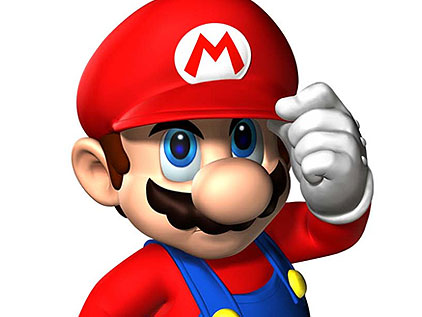Cloud gaming to make consoles obsolete?
March 5, 2014
 Many are claiming that this will be the last generation for consoles as cloud computing and network technologies have shown that they could make console hardware obsolete. However, this is not going to happen in the next seven to eight years, which is the typical life cycle of a home console.
Many are claiming that this will be the last generation for consoles as cloud computing and network technologies have shown that they could make console hardware obsolete. However, this is not going to happen in the next seven to eight years, which is the typical life cycle of a home console.
An IDATE report explores the technical specifications of the latest generation of home consoles, their features and the gaming and non-gaming services they deliver. It focuses on machines produced by Nintendo (Wii U), Sony (PlayStation 4) and Microsoft (Xbox One), recognised as the leading players in this still very lucrative market, and purveyors of the most spectacular gaming experiences.
Console manufacturers and their publishing partners have already made the transition to dematerialisation. This can be seen with the ability of next-gen consoles to use the cloud for content and data storage services, content streaming, multiplayer and social features and even remote gaming. Console manufacturers will eventually be offering their own cloud gaming offerings. In this context, console manufacturers will exploit second screens. These could be a tablet, smartphone or dedicated platform and could offer synchronous or asynchronous and complementary or substitutable use in terms of game experience.
Several ‘social’ features have also been added because social networks have proved to be important for the gaming experience and for revenues, as well as for loyalty. Console manufacturers have therefore integrated the ability to share game images and videos on social networks, such as Facebook and YouTube. As well as these new features, console manufacturers have retained and improved their gesture recognition devices and added or improved voice recognition. The online services available to players generally require a paid subscription. While Sony and Nintendo offer some particularly attractive free services, Microsoft has made its online services paid only.
The catalogue of games available on each console, including exclusive games, is an important issue for hardcore gamers, who set the tone and trends in gaming. At launch, Microsoft was ahead of its competition in terms of volume of games available on physical and downloadable media. However, according to NeoSeeker, the trend was reversed in the weeks following launch.
Technical specifications can also distinguish one console from another. Although the Wii U is clearly behind its competitors in terms of graphics and processing power, its game library does not necessarily require high performance hardware. On the other hand, Sony and Microsoft are battling it out over the respective power of their machines, which is an important issue for early adopters.
Since the previous generation of consoles launched in the mid-2000s, there have been many new technological innovations. We have therefore seen many initiatives appear in the home console market segment, especially with regard to home mini-consoles. There are now a dozen challengers, including Valve/Steam, nVidia, Ouya, GameStick, eSfere, Razer Edge, Bluestacks and its Gamepop console, Green Throttle, and Mad Catz and its micro-console M.O.J.O. Few of these will see much success but the Steam console would be IDATE’s favourite to take some market share.
While these new challengers are mainly focusing on video games, the three leading console manufacturers are continuing to position their devices as entertainment centres over and above gaming.
By 2016, the segment of the home consoles share will increase to 42.6 per cent of video game market total revenue, or €35 billion.
